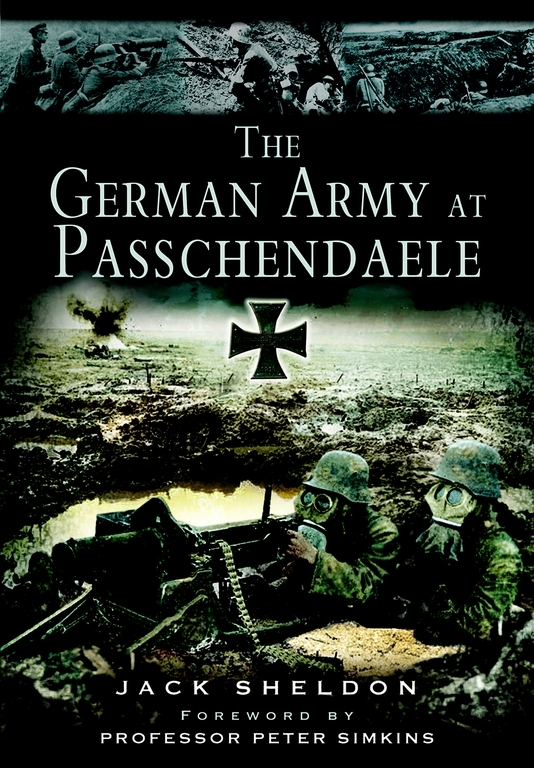

Most ebook files are in PDF format, so you can easily read them using various software such as Foxit Reader or directly on the Google Chrome browser.
Some ebook files are released by publishers in other formats such as .awz, .mobi, .epub, .fb2, etc. You may need to install specific software to read these formats on mobile/PC, such as Calibre.
Please read the tutorial at this link: https://ebookbell.com/faq
We offer FREE conversion to the popular formats you request; however, this may take some time. Therefore, right after payment, please email us, and we will try to provide the service as quickly as possible.
For some exceptional file formats or broken links (if any), please refrain from opening any disputes. Instead, email us first, and we will try to assist within a maximum of 6 hours.
EbookBell Team

4.4
102 reviewsWriting after the war, General Hermann von Kuhl memorably described this battle as 'The Greatest Martyrdom of the World War' and so it must have seemed to the men who fought and died there, floundering in the bottomless mud of that ill-starred autumn. Reeling from the huge losses of Verdun and the Somme in 1916 and the heavy spring fighting around Arras, the Aisne and Champagne, the German Army was in no shape to absorb the impact of the Battle of Messines and the subsequent bitter attritional struggle which lasted from August to November.
Throughout the fighting on the Somme the German High Command had always felt that it had the ability to counter Allied thrusts, but following the shock reverses of April and May 1917, much heart searching had led to the urgent introduction of new tactics of flexible defence. When these in turn were found to be wanting in the face of 'bite and hold' tactics on an unprecedented scale, the psychological damage shook the German defenders badly. But, as this book demonstrates, at trench level the individual German soldier was still capable of fighting extraordinarily hard, despite being hugely outnumbered, outgunned and subjected to relentless, morale-sapping shelling and poison gas attacks.
The heartbreakingly slow progress of the fighting for the Passchendaele Ridge in October had an equally bad effect on the British and commonwealth troops involved in it. As the battle finally wound down in November 1917, the Imperial German Army could draw comfort from the realisation that, although it had had to yield ground and had paid a huge price in casualties, its morale was essentially intact. Also their enemies were no closer to a breakthrough in Flanders at the end of the battle than they had been many weeks earlier when it had opened with such high hopes of success.